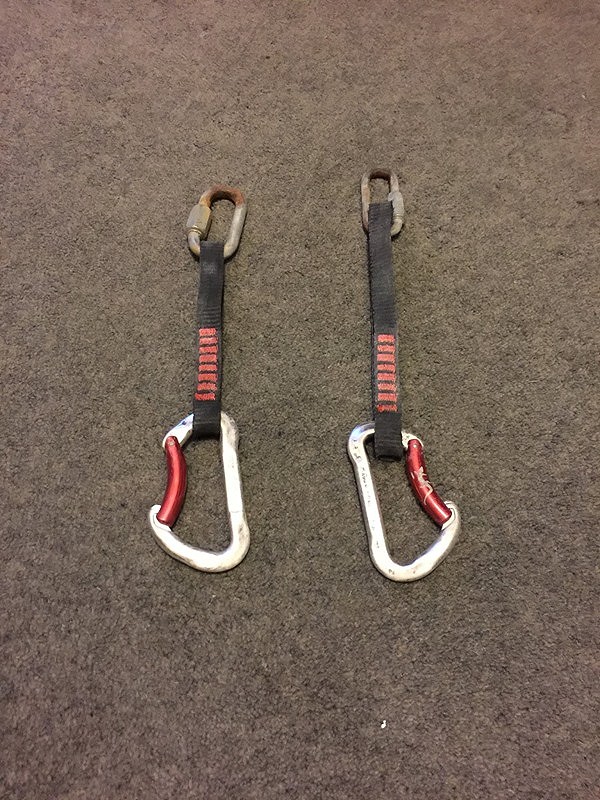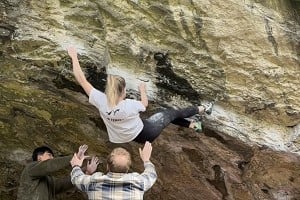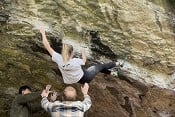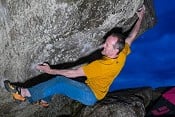
Seb Grieve has posted the results of a recent test on permadraws (quickdraws which are permanently fixed to a bolt using a maillon) in Yorkshire Boltfund's Facebook Group. The quickdraws had been in-situ on Indian Summer (8b+) at Kilnsey for an unknown period of time, although Seb suspects they may have been in the route for just two years.

He removed the gear this summer and sent it to DMM for strength testing.
In short:
- The karabiners were strong, even though they looked a bit worn.
- The slings (dogbones) were lower in strength (A reduction by 20% - 37%) than originally rated due to light damage and friction damage from the corroded maillons.
Seb is appealing for more information on the precise age of the permadraws:
'It would be nice to know since if it is just 2 years then the weakening is significant.'
He also stressed the danger of placing and using permadraws in sport routes:
'Regardless of age, please don’t ever use permadraws (things with maillons at the bolt end) because they are not easily removed and it means that future ascensionists have to rely on a piece of gear which they do not know the provenance of. All routes are easy to strip so there really is no need to leave any quickdraws in place.'
Seb would like to thank Dave Gary and DMM who carried out the testing.
If you have any information on the age of the permadraws, please contact UKC.
The Results
We pull tested both dog bones - one at the maillon end and one at the karabiner end. We also pulled the one of the Snapgates.
Snap gate reached 24.5kn - 1.5kn above stated strength. We would expect this or thereabouts.
Dog bone pulled at maillon end reached 13.8kn (22kn stated)
Dog bone pulled at karabiner end reached 17.7kn (22kn stated)
So both dog bone slings weakened by exposure and friction wear.
The weaker of the 2 results (mallion end of the dog bone) we think was caused by the corrosion on the mallion producing wear on the sling. The maillon had significant rusting and rough edges.
The dog bone that pulled at 17.7kn also had significant wear at the maillon end so we expect would show similar results if pulled in that orientation.
One thing to note was the dust present at the moment of failure in the test involving the dog bones, this usually indicates UV damage to soft products.







Comments